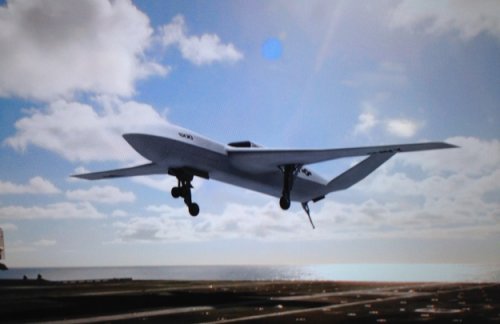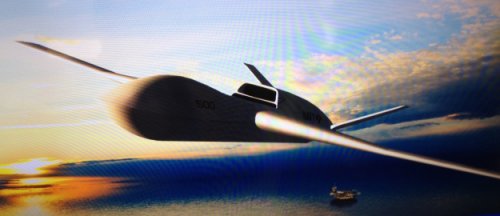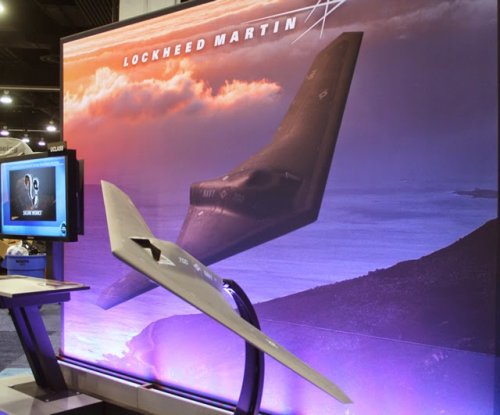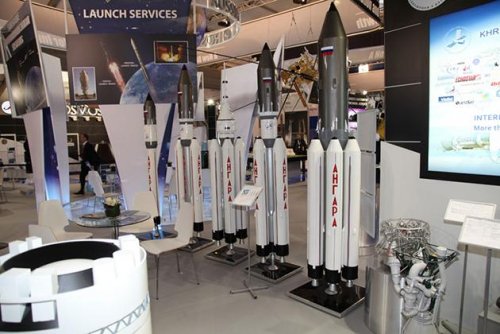While the carrier provides the Nation with a sovereign, mobile airfield that can be positioned at the time and place of the Commander-in-Chief’s choosing, the true combat power of this naval asset resides in the composition of its Air Wing. A carrier like the USS Enterprise can have a service life that stretches from the Cuban Missile Crisis to the War on Terror, but it’s enduring utility is enabled not just by its hull-life, but by the continued modernization of aviation assets found on its flight deck. Given the scope of China’s counter-intervention modernization effort and Iran’s own anti-access/area-denial investments, I believe the future air wing must comprise a mix of manned and unmanned aircraft that provide extended-range operations, persistence, stealth, payload, and electronic warfare. Central to this mix is the Navy’s unmanned carrier-launched airborne surveillance and strike (UCLASS) system.
The fundamental question we face going forward is not about the utility of unmanned aviation to the future Air Wing, but the type of unmanned platform that the UCLASS program will deliver and the specific capabilities this vital asset will provide the Combatant Commander. Given the likely operational environment of the 2020s and beyond - including in both the Western Pacific Ocean and Persian Gulf - I believe strongly that the Nation needs to procure a Unmanned Combat Air Vehicles (UCAV) platform that can operate as a long-range surveillance and strike asset in the contested and denied A2/AD environments of the future. To achieve this, such a system should have broadband, all-aspect stealth, be capable of automated aerial refueling, and have integrated surveillance and strike functionality. Unfortunately, the current direction this program is taking will leave our Naval forces with a platform that I fear will not address the emerging anti-access/area-denial (A2/AD) challenges to U.S. power projection that originally motivated creation of the Navy Unmanned Combat Air System (N-UCAS) program during the 2006 Quadrennial Defense Review (QDR), and which were reaffirmed in both the 2010 QDR and 2012 Defense Strategic Guidance.
Getting this program correct today and not returning later to address the critical operational challenges facing the carrier in the coming decade is one of the most fundamental decisions the United States can do to secure its enduring advantage in power-projection. Given this important oversight question, on Wednesday afternoon the Seapower and Projection Forces subcommittee, which I Chair, will conduct a hearing with both Navy and independent witnesses to explore this topic in-depth.
Specifically, the disproportionate emphasis in the requirements on unrefueled endurance to enable continuous intelligence, surveillance, and reconnaissance (ISR) support to the Carrier Strike Group (CSG) would result in an aircraft design that would have serious deficiencies in both survivability and internal weapons payload capacity and flexibility. Furthermore, the cost limits for the aircraft are more consistent with a much less capable aircraft and will not enable the Navy to build a relevant vehicle that leverages readily available and mature technology. In short, developing a new carrier-based unmanned aircraft that is primarily another unmanned ISR sensor that cannot operate in medium to high-level threat environments would be a missed opportunity and inconsistent with the 2012 Defense Strategic Guidance which called for the United States to “maintain its ability to project power in areas in which our access and freedom to operate are challenged.”
The House Armed Services Committee (HASC), in its recent markup of the FY15 National Defense Authorization Act, agreed with this assessment and concluded that it believes the Navy and indeed the Nation require a long-range, survivable unmanned ISR-strike aircraft as an integral part of the carrier air wings. In contrast, the HASC also determined that developing a new carrier-based unmanned aircraft that is primarily another flying sensor would be a missed opportunity with profound consequences for the practical utility of the carrier and thus for the nation.
The question of UCLASS is not just one of design and capability; it is also about the role and responsibility the Congress has in cultivating, supporting, and protecting military innovation. Like with the shift from cavalry to mechanized forces, sailing ships to steam-powered vessels, the prioritization of the carrier over battleships, or adopting unmanned aerial vehicles in the late 1990s, ideas that initiate difficult changes and disrupt current practices are often first opposed by organizations and bureaucracies that are inclined to preserve the status quo. I believe the Congress has a unique role to help push the Department and the Services in directions that, while challenging, will ultimately benefit our national security and defense policy. I therefore intend to use the subcommittee hearing to explore not just the UCLASS program, but the broader utility a UCAV can have on the Navy’s ability to continue to project power from the aircraft carrier and the implications for the power projection mission in the future if we proceed down the current course.
Rep. Forbes is Chairman of the House Armed Services Seapower and Projection Forces subcommittee.







